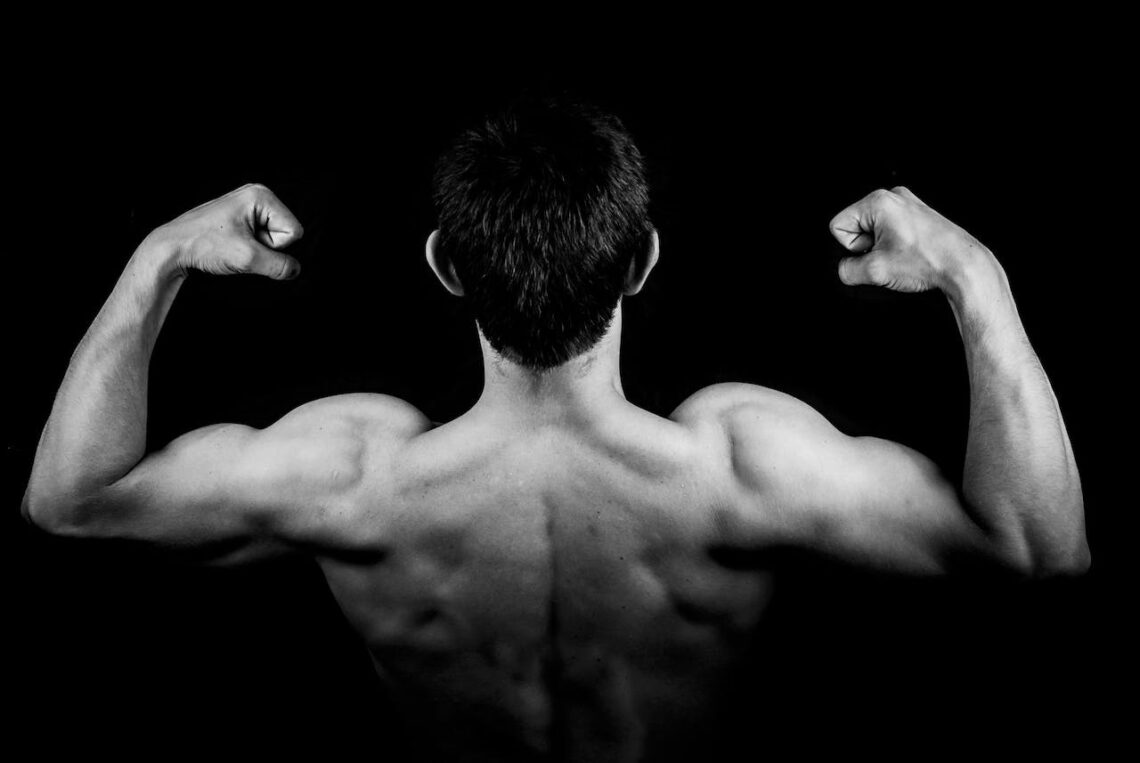
The Best 22 Interesting Facts About Muscle in the Human Body
Facts About Muscle
Firstly this article delves into the intriguing world of muscles, revealing interesting facts about muscle that showcase their importance, diversity, and the vital role they play in our daily lives. Muscles are more than just the powerhouse of the human body; they are a symphony of strength, coordination, and complexity.
Whether it’s the rhythmic beating of the heart muscle or the impressive strength of skeletal muscles, each muscle type, from cardiac muscle to smooth muscle, plays a pivotal role in our well-being.
The Muscular System: A Complex Network
Understanding Different Types of Muscles
- Skeletal Muscles: Known for their voluntary control, skeletal muscles are crucial in movements. Like walking or lifting heavy objects.
- Smooth Muscle: These involuntary muscles are found in organ systems. Such as the digestive system and blood vessels, working silently behind the scenes.
- Cardiac Muscle: Exclusive to the heart. This muscle keeps the heart beating. Also is fundamental in pumping blood throughout the body.
The Power of Muscle Contraction
Muscle contraction is an incredible phenomenon. In fact it involves a series of chemical reactions, controlled by signals from the nervous system. Leading to the shortening of muscle fibers. Thus this process is central to all physical movements. From the blink of an eye to the lifting of weights.

Fascinating Facts About Muscle Contraction
- Fast Twitch vs. Slow Twitch: Muscles contain different types of fibers that determine how they contract and perform. Fast-twitch fibers are crucial for quick, powerful bursts of speed, while slow-twitch fibers excel in endurance.
- The Role of Calcium: Calcium plays a vital role in muscle contraction, acting as a messenger that triggers muscle fibers to contract and relax.
Facts About Muscle
The Strength and Size of Muscles
The Largest and Strongest Muscles
- Gluteus Maximus: Often cited as the largest muscle. Also the gluteus maximus is essential for movements like climbing stairs.
- Jaw Muscle: The masseter, or jaw muscle, is considered one of the strongest muscles. Based on its size, crucial for chewing and facial expressions.
Factors Influencing Muscle Strength and Size
Muscle size and strength are influenced by several factors. Including genetics, diet, and physical activity. Moreover, a balanced diet and regular strength training can significantly enhance muscle strength.
The Role of Muscles in Health and Disease

Healthy Muscles and Lifestyle Choices
Maintaining healthy muscles is crucial for overall well-being. Hence a combination of aerobic exercises, strength training, and a balanced diet contributes to healthy muscles and a healthy weight.
Muscular Diseases and Conditions
- Muscular Dystrophy: This group of diseases causes progressive weakness and loss of muscle mass.
- Myasthenia Gravis: A condition where the communication between nerves and muscles is hindered, leading to muscle weakness.
The Impact of Muscles on Internal Organs
Muscles play an important role in supporting and protecting internal organs. In fact, the abdominal muscles, for instance, not only aid in movement but also protect vital organs within the abdomen.
Facts About Muscle
Unique Characteristics of Muscles
Muscle Memory: An Intriguing Phenomenon
Muscle memory is a fascinating aspect of how muscles retain a memory of past activities. Thus aiding in the learning of new skills and the maintenance of fitness levels.
Unraveling the Mysteries of Muscle Memory and Muscular System Health

Muscle Memory: More Than Just Memory
Muscle memory extends beyond mere physical strength. It encapsulates the learning and retention of motor skills. Whether it’s playing a piano or riding a bike, muscle memory plays a crucial role in retaining these skills. Making them almost automatic with practice.
Keeping Muscles Healthy: Tips and Tricks
- Regular Exercise: Engaging in physical activities like strength training and aerobic exercises not only strengthens muscles but also improves overall health.
- Nutrition: A diet rich in proteins, vitamins, and minerals is essential for muscle repair and growth.
- Hydration: Adequate water intake is crucial for muscle function and to prevent muscle strains.
The Incredible Adaptability of Muscles
Muscles are incredibly adaptable. They can increase in size (hypertrophy) when subjected to regular exercise. And unfortunately, they can also decrease in size (atrophy) due to inactivity or aging. This adaptability highlights the importance of regular physical activity to maintain muscle mass and strength.
Understanding Muscle Adaptation
- Hypertrophy: This occurs when muscle fibers repair themselves after being stressed by exercise, leading to increased muscle size.
- Atrophy: Lack of movement or aging can lead to muscle atrophy. Emphasizing the need for a consistent exercise regimen.
The Interconnection of Muscles and the Nervous System
The muscular system’s functionality is intricately linked to the nervous system. The spinal cord plays a vital role in this relationship. Transmitting signals from the brain to muscles, coordinating movements, and facilitating muscle contractions.
How the Nervous System Controls Muscle Movement
- Action Potential: The nervous system sends electrical signals (action potentials) to muscles, triggering contractions.
- Coordination and Control: The cerebral cortex is involved in the planning, initiation, and coordination of voluntary movements.
Muscle Composition: A Closer Look
Muscle tissue is composed of fibers, connective tissue, blood vessels, and nerves. Each component plays a vital role in muscle function and health.
Components of Muscle Tissue
- Muscle Fibers: These are the basic units of muscle and are responsible for contraction.
- Connective Tissue: It provides support and protection to muscle fibers.
- Blood Vessels: They supply oxygen and nutrients essential for muscle function.
- Nerves: Responsible for transmitting signals that control muscle movement.
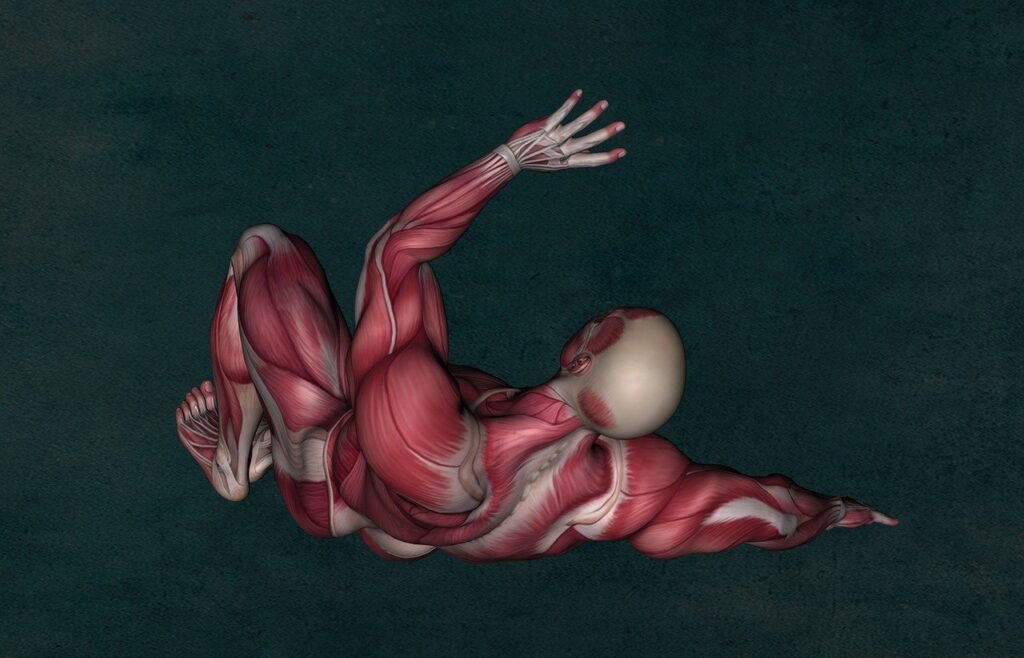
Facts About Muscle
Muscles Beyond Movement: Other Vital Functions
While muscles are primarily known for movement, they also perform other critical functions.
Non-movement Functions of Muscles
- Regulating Body Temperature: Muscles generate heat during contractions, helping in maintaining body temperature.
- Supporting Blood Circulation: Muscle contractions, especially in the lower body, assist in pumping blood back to the heart.
Muscles in Specialized Roles
Certain muscles in the human body have specialized functions that are vital to our survival and daily functioning.
Specialized Muscle Functions
- Facial Muscles: Involved in expressing emotions through facial expressions.
- Heart Muscle: Continuously contracts to keep the heart beating and blood circulating.
- Muscles in the Middle Ear: Help in sound transmission and protect the ear from loud sounds.
Related Human Body Article: The Best 14 Mysterious Facts About Rh Negative Blood
Exploring the Diversity and Complexity of Muscles in the Human Body

The Diversity of Muscle Types
The human body boasts a variety of muscle types. Each with unique characteristics and functions. From the tiny muscles in the middle ear that aid in hearing to the powerful calf muscles that enable walking and running. The diversity of muscles is astounding.
Key Muscle Types and Their Roles
- Eye Muscles: These small yet agile muscles control eye movements and focus.
- Calf Muscle: Vital for movements like walking, running, and jumping, showcasing strength and endurance.
Muscles and Aging: A Delicate Balance
As we age, our muscles naturally undergo changes. Loss of muscle mass and strength, a condition known as sarcopenia, can impact mobility and overall health. However, engaging in regular physical activity and maintaining a healthy diet can help mitigate these effects.
Age-Related Changes in Muscles
- Decreased Muscle Mass: Common in older adults, leading to reduced strength and mobility.
- Slowdown in Muscle Repair: The body’s ability to repair and build muscle slows with age.
Facts About Muscle
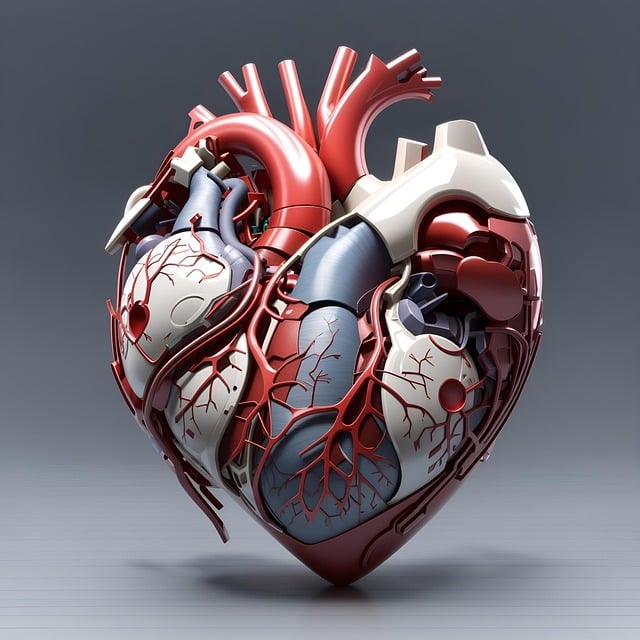
The Role of Muscles in Chronic Conditions
Muscles are not just affected by conditions like muscular dystrophy; they also play a role in managing chronic diseases. For example, maintaining strong muscles can help in the management of conditions like diabetes and cardiovascular disease.
Muscles in Disease Management
- Diabetes: Regular muscle-strengthening activities can improve insulin sensitivity.
- Cardiovascular Disease: Strong muscles aid in maintaining a healthy blood flow. Reducing the risk of heart-related issues.
The Science of Muscle Healing and Recovery
When muscles are injured, the body initiates a complex healing process. As a result this involves inflammation, muscle repair, and remodeling. Additionally adequate rest, proper nutrition, and, if necessary, medical intervention are key to effective muscle recovery.
Steps in Muscle Recovery
- Inflammation: The body’s initial response to injury.
- Repair and Regeneration: Damaged muscle fibers are repaired and regenerated over time.
Facts About Muscle

Muscles in Everyday Life: An Essential Force
Muscles are not just about strength and movement; they influence every aspect of our daily lives. From maintaining posture to enabling speech, their impact is profound and often overlooked.
Everyday Impacts of Muscles
- Posture: Core muscles help in maintaining a healthy posture.
- Speech: Muscles in the face and throat play a crucial role in speech and communication.
Muscle Care: Tips for Optimal Health
Maintaining muscle health is vital for overall well-being. Thus regular exercise, a balanced diet, and proper hydration are key. Additionally, listening to one’s body and avoiding overexertion are crucial for preventing injuries.
Maintaining Muscle Health
- Exercise: Engage in both strength training and aerobic exercises.
- Nutrition: Consume a diet rich in protein, vitamins, and minerals.
- Rest: Allow muscles time to recover and repair after strenuous activities.
Facts About Muscle: 5 FAQs
How many muscles are in the human body?
The human body contains approximately 600 muscles. In fact these range from small muscles like the stapedius in the ear to large muscles like the gluteus maximus.
What is the strongest muscle in the human body?
The strongest muscle in the human body, based on its size and ability to exert force, is often considered to be the masseter, or jaw muscle. However, “strength” can be defined in different ways. Such as endurance or absolute force exerted.
Can muscles only pull, not push?
Yes, muscles can only pull, not push. In fact they work in pairs; as one muscle contracts (pulls), the other relaxes, allowing movement. As a result this is known as the ‘muscle pair’ principle. Exemplified by the biceps and triceps in the arm.
What is the difference between fast-twitch and slow-twitch muscle fibers?
Fast-twitch fibers, known for their explosive power, are used for quick, powerful bursts of energy. However, they fatigue quickly. Slow-twitch fibers, on the other hand, are more endurance-oriented, ideal for activities like long-distance running or cycling. They fatigue much slower than fast-twitch fibers.
Can muscles grow in size (hypertrophy) as well as get stronger?
Yes, muscles can both grow in size (hypertrophy) and get stronger. Hypertrophy occurs when muscle fibers repair and grow thicker after being stressed by exercise, especially resistance training. Strength gains also result from neural adaptations. And an increase in the number of muscle fibers activated during an activity.
Next read my factual article: Interesting Facts About Eyes
Facts About Muscle Conclusion: The Wonders of Muscular Anatomy
In conclusion, muscles are not just fibers that contract and relax; they are integral to almost every function in the human body.
From the involuntary beating of the heart muscle to the voluntary movements of skeletal muscles, each plays a vital role.
Therefore understanding and appreciating these interesting facts about muscle, from the largest muscle, the gluteus maximus, to the smallest ones in the middle ear, enhances our appreciation for the human body.
Indeed by taking care of our muscles through regular physical activity, a balanced diet, and adequate rest, we can ensure they continue to perform their vital functions. As a result keeping us active and healthy throughout our lives.


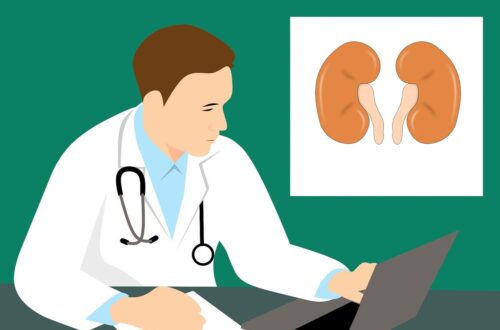
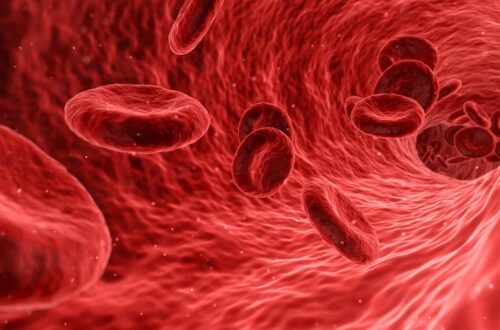

3 Comments
Pingback:
Pingback:
Pingback: